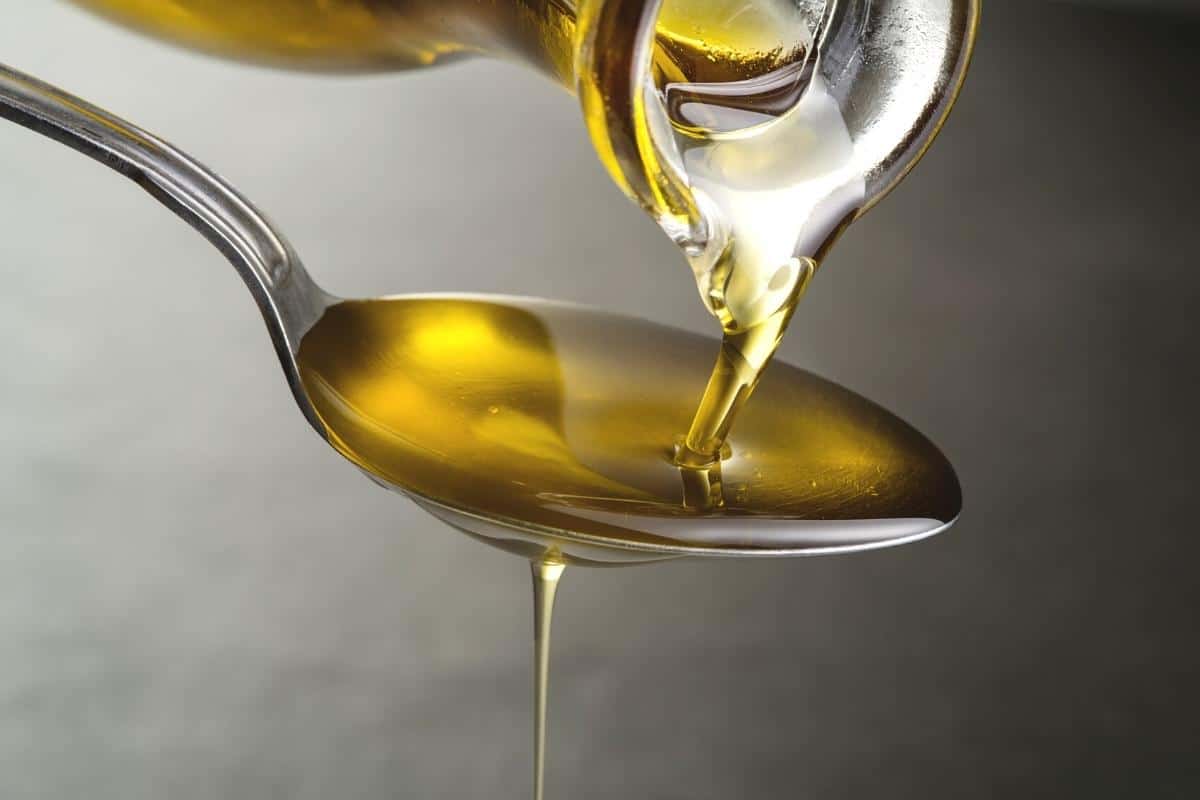The essential guide to cooking oils: Tips & Techniques
Cooking oils are a staple worldwide, an item that is found commonly in every household. Various cooking oils are available; hence, it can sometimes be overwhelming.
The smoking point, the temperature at which the oil starts to smoke, is one of the significant factors to consider when choosing the right cooking oil. With so many options, picking the best cooking oil for your needs can be difficult.
So to help you out a bit, this article is the essential guide you must read to understand everything you should know to master the art of cooking with oils.

Learning about the smoking point
As mentioned before, “the smoking point” is a term you’ll often hear when you go outside to purchase cooking oil. So before diving into the world of cooking oils, let’s talk more about this term.
The smoking point, in simple words, is the temperature at which any oil stops shimmering and, instead, starts smoking. Understanding and knowing each cooking oil’s smoking point is crucial in mastering cooking.
Oil Flavour
This one might be a shocker, but considering the flavour is one of the best ways to find the right cooking oil. Oils like vegetable or canola oil are neutral in taste, while others might have a distinct flavour. Suppose you want a cooking oil that will make a few flavour-wise changes to your recipe. In that case, we suggest going for the mild types, for example, vegetable oil.
Varieties of cooking oils
Vegetable Oil
Let’s start this list by discussing one of the most commonly used cooking oils worldwide. Due to its high smoking point, vegetable oil is often used for baking at high temperatures, frying, or regular cooking. The neutral taste of vegetable oil allows the rest of the ingredients in the dish to shine.
- Smoke point – 230°c
- Flavour – Neutral smell and taste
Olive Oil
Because of its medium smoke point, Olive oil is another crowd favourite when picking cooking oils. Extra virgin oil, typically used for dressings, is one of the wide varieties of Olive oil. You could even make your own herb infused olive oils to change up the flavour. Olive oil, like vegetable oil, is commonly used worldwide for skin care, frying, medical use, and much more.
- Smoke point – 190°c
- Flavour – Olive aroma and flavour
Canola Oil
Made from Rapeseed plant seeds, Canola oil is another household cooking oil type that most of you must be familiar with. We recommend using Canola oil for sautéing, frying, or baking because of its high smoking point.
Canola oil also has a neutral taste, allowing other ingredients to showcase their flavour. But that also makes it non-recommended as a dressing.
- Smoke point – 200°c
- Flavour – Neutral
Avocado Oil
Avocados are one of the healthiest food options, which makes avocado oil one of the most nourishing cooking oils available. There are two types of Avocado Oil – extra virgin oil is closer to how an avocado tastes. At the same time, the refined version is more neutral.
A high smoking point makes avocado oil ideal for high-temperature cooking. Still, the refined version can also be used as a dressing. The abundance of antioxidants and vitamins makes it one of the healthiest cooking oils.
- Smoke point – 250°c (extra virgin); 260°c (refined)
- Flavour – Lighter (Refined); Nutty (extra virgin)
Coconut Oil
For baking lovers, coconut is a new yet fantastic cooking oil choice. It has a medium smoke point and sweet taste, making it perfect for baking. There are different kinds of coconut oils, so research before picking the correct sort for your dish.
Coconut oil is solid at room temperature, so you must melt it before use. Experts also notice health concerns, so we suggest using it moderately. You can also use coconut oil as a vegan substitute for butter, which makes it popular among the vegan community.
- Smoke point – 180-200°c (Depends on type)
- Flavour – Different aromas and flavours of coconut
Sesame Oil
Sesame oil comes in two famous types, toasted and regular. Regular sesame oil has a mild flavour, making it suitable for baking, sauteing, or frying. On the other hand, toast sesame oil is mainly used as a marinade because of its strong flavour.
Regular sesame oil is readily available and preferred by many chefs for general cooking. Sesame oil is also high in antioxidants and anti-inflammatory properties, which makes it a healthy cooking oil option. Vitamin abundance also makes sesame oil a top choice in many health-conscious people’s opinions.
- Smoke point – Up to 160°c
- Flavour – Lighter (Regular); Nutty (Toasted)
Several other varieties of cooking oils are available worldwide, so never hesitate to look online to learn more about them. Decide what you want to cook in detail before you go out shopping for cooking oils.
Conclusion
Today, we discussed all you should know about cooking oils, including different types and when to use them. We discussed the term “smoking point” and why an oil’s flavour matters so much.
This knowledge will help you in the future, so you no longer feel intimidated in an aisle full of various cooking oils!